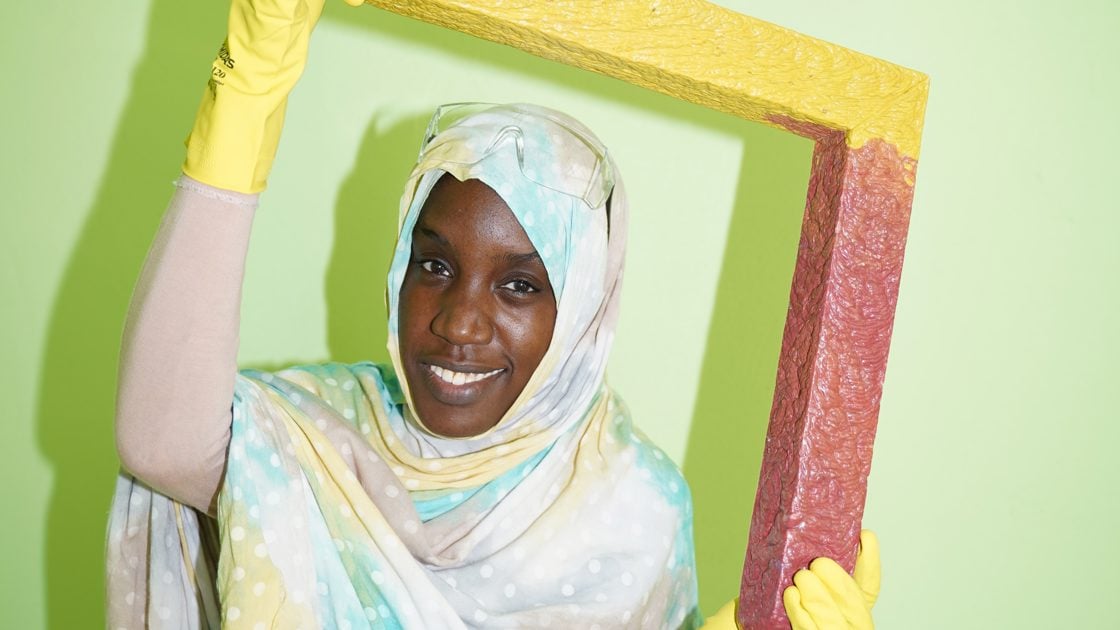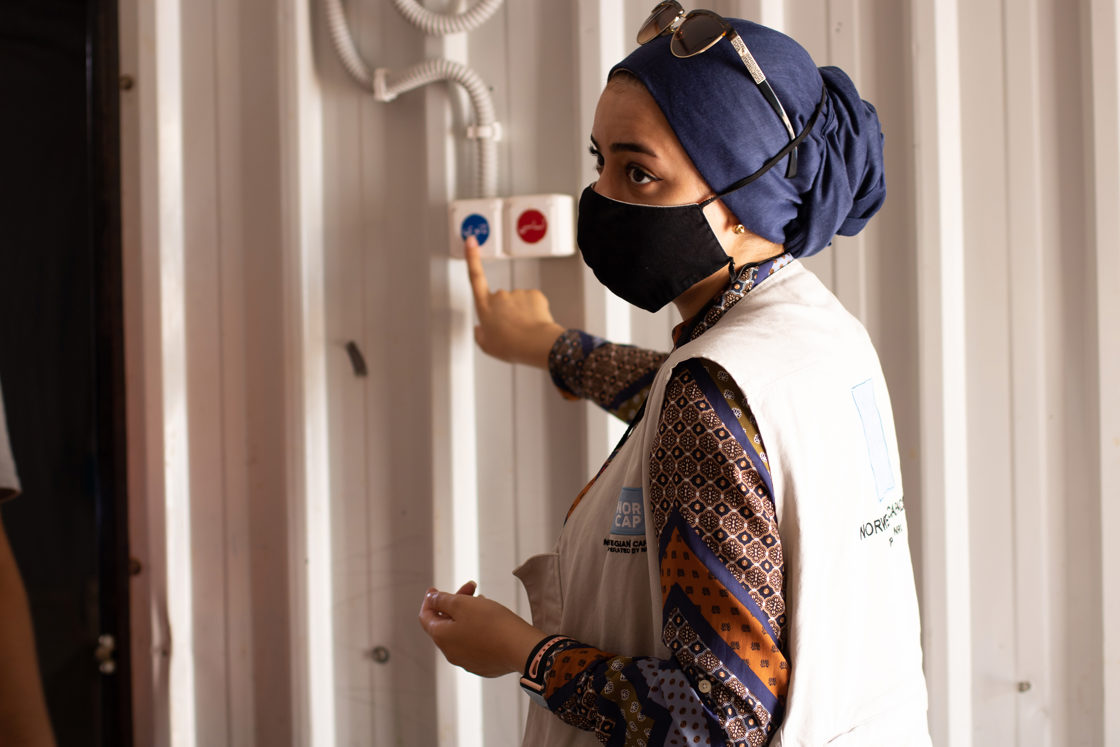Increased support for humanitarian innovation
News story | Date: 04/05/2022 | Last updated: 10/05/2022 | Ministry of Foreign Affairs
‘The gap between humanitarian need and available funding grows wider every year. Innovation is one of the keys to increasing the effectiveness of humanitarian assistance. We need to find smarter and better ways of working so we can provide life-saving assistance to a greater number of people,’ said Minister of Foreign Affairs Anniken Huitfeldt.
The Foreign Minister recognises that investment in innovation in the humanitarian sector is essential. ‘Finding innovative solutions will enhance our ability to help displaced people and people in need of humanitarian assistance,’ said Ms Huitfeld.
Innovation in the humanitarian sector is one of the areas given high priority in Norway’s Humanitarian Strategy. Innovation Norway administers funds for the Ministry of Foreign Affairs under the Humanitarian Innovation Programme (HIP Norway). A pilot programme from 2018–2022 had extremely successful results, and a new agreement on the provision of NOK 100 million was recently signed.
Over the course of the first years of the programme, Norwegian funding has helped to establish a substantial portfolio of innovation projects. UN organisations and other humanitarian organisations can apply for funding through annual calls for proposals. HIP Norway has received over 200 applications and disbursed over NOK 100 million to 13 organisations during the pilot phase. There are 30 projects currently under way, and several of the innovation solutions are already in use. A community inclusion currencies project in Kenya was such a success that it is now being scaled up and implemented in Cameroon. Other innovations that have been applied include a circular energy solution in Uganda that uses agricultural waste for the production of energy, and the use of recycled plastic to provide insulation material for refugee camps.
Plastic recycling in Algeria

In the middle of the Sahara Desert, tens of thousands of people are living in UN Refugee Agency refugee camps. Food, water and other supplies are brought in by lorry, but the rubbish stays put. Sahrawi refugees have now started their own recycling workshop where they are making new items, such as school desks, from recovered plastic. The goal is to create a viable business model that can provide job opportunities and income, and that can also help to resolve the problem of plastic waste in and around the refugee camps.
Equitable electricity for refugees in Jordan

In the Azraq refugee camp in Jordan, electricity is rationed and only available for a few hours every day. The Norwegian Refugee Council and its private partner Neurotech have developed an energy controller system that provides households in the camp with information about their energy use, so they can control and prioritise their electricity consumption themselves and choose when they want to use their electricity ration.
Equipment for detecting improvised landmines

Improvised landmines are a growing problem because they are difficult to detect with conventional mine clearance methods. Norwegian People’s Aid has received funding to develop a tool that can identify crush wires safely and effectively, in rural and urban areas alike. The project is being developed in collaboration with the Norwegian company Bertel O. Steen and CEIA/Sensec from Italy.